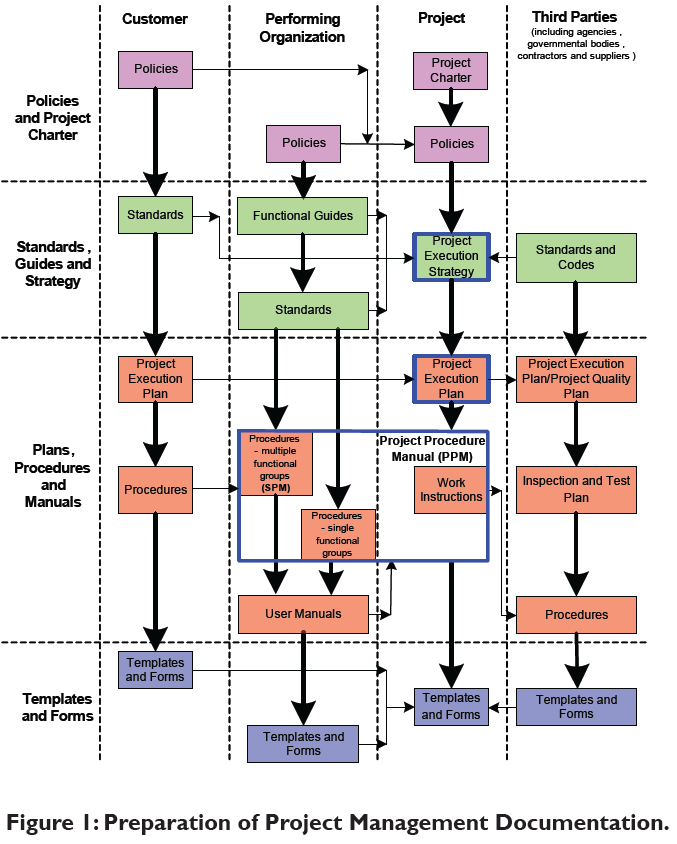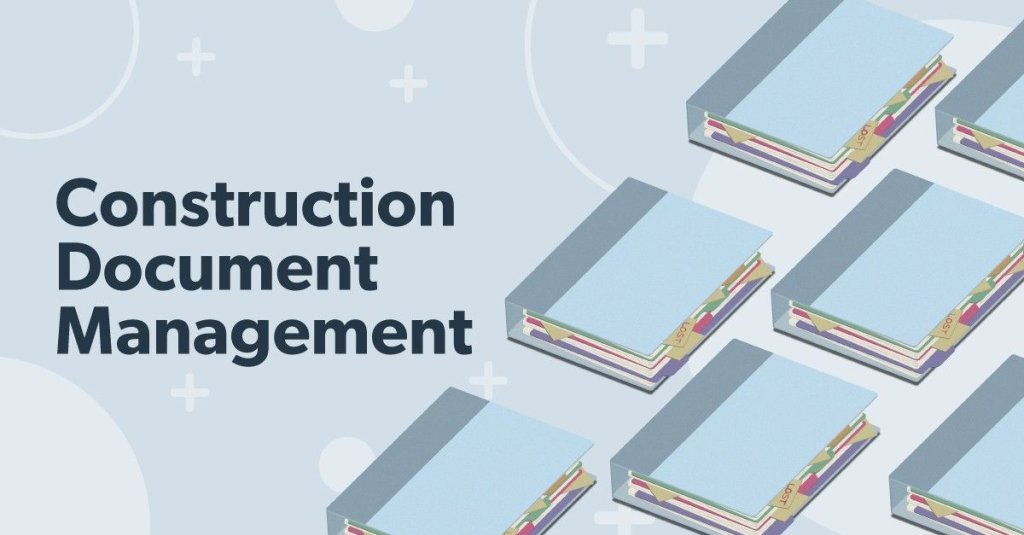Navigating Complexity: How Construction Document Management Software Application Can Assist
Navigating Complexity: How Construction Document Management Software Application Can Assist
Blog Article
Getting Seamless Task Distribution: Architect's Comprehensive Method to Construction Document Administration
One important facet frequently underestimated is the administration of building and construction documents, which serves as the foundation of every task. As architects navigate the intricacies of layout, execution, and coordination, a detailed technique to record management emerges as a linchpin for attaining smooth project delivery.
Significance of Building And Construction Document Monitoring
Reliable building paper management plays a vital duty in making sure job success by assisting in seamless communication and company throughout the building and construction process. By preserving precise and updated building files, engineers can effectively connect with service providers, subcontractors, and various other stakeholders included in the project. These papers work as a recommendation point for all events, making sure that everybody is functioning from the exact same set of details and minimizing the possibility of mistakes or misunderstandings.
Additionally, appropriate file administration can boost task efficiency, reduce costly delays, and ultimately lead to the successful completion of building tasks. Engineers that focus on building and construction document management set a solid foundation for job success and demonstrate a commitment to providing high-grade results.
Crucial Element for Effective Documentation

Given the essential role that organized and precise construction documentation plays in making certain task success, it is vital to recognize key aspects that add to reliable paperwork monitoring. Firstly, clear and succinct interaction is paramount. All stakeholders need to recognize the documentation demands and be able to accessibility and interpret the details conveniently. Secondly, establishing standardized design templates and procedures makes certain uniformity throughout all task records. This consists of calling conventions, data structures, and alteration control to stop errors and confusion. Routine reviews and updates are vital to keep documentation reflective and present of the job's progress. This practice helps recognize any discrepancies or adjustments that require to be attended to immediately. Finally, carrying out a robust document monitoring system that enables variation control, gain access to limitations, and audit tracks substantially boosts the organization and security of project paperwork. By incorporating these essential components into building and construction paper management methods, engineers can improve procedures, lower errors, and eventually add to the successful delivery of jobs.
Utilizing Innovation for Paper Company
Leveraging innovative digital devices and software program systems is instrumental in enhancing the organization and access of building and construction documentation. Architectural companies can enhance their document management processes by carrying out specialized software application created for the building market. These tools provide functions such as version control, cloud storage, and collective modifying capabilities, enabling staff member to work on files concurrently and making certain everyone has access to the most up-to-date details.
One trick benefit of utilizing technology for record organization is the capability to create a centralized database for all project-related documents. By keeping files in a secure digital environment, architects can conveniently browse, fetch, and share details with stakeholders, minimizing the risk of version conflicts or lost data. Additionally, progressed software program options often incorporate metadata tagging and indexing capabilities, enabling users to classify files successfully and get them swiftly when needed.
Joint Techniques With Project Groups
To optimize task outcomes, architects must welcome collaborative strategies when collaborating with task teams to make sure seamless interaction and coordination throughout the building and construction process. Cooperation with project teams click this link is important for engineers to successfully take care of building tasks. construction document management. By fostering open communication and synergy among all stakeholders, engineers can enhance decision-making processes, address potential problems proactively, and make sure that everybody is straightened with the project goals
Engineers should develop clear lines of interaction with designers, service providers, customers, and various other vital employee from the beginning of the job. Routine meetings, progress updates, and feedback sessions must be arranged to keep everyone educated and engaged. Making use of joint task administration devices can additionally promote real-time info sharing and file collaboration, enhancing transparency and efficiency.

Ideal Practices for Record Variation Control

Conclusion
Finally, reliable building and construction file administration is critical for attaining seamless project shipment. By concentrating on crucial elements such as version, cooperation, and company control, architects can make sure that all job teams are functioning from updated and exact information. Utilizing modern technology can streamline the paperwork process and enhance total project effectiveness. It is imperative for designers to apply best methods in record management to effectively browse the complexities of construction jobs.
Effective building and construction record monitoring plays an important duty in guaranteeing job success by assisting in smooth interaction and organization throughout the building process. Furthermore, correct record monitoring can boost task performance, lower pricey hold-ups, and inevitably lead to the successful completion of building jobs.To enhance job results, linked here designers need to welcome joint techniques when working with project teams to ensure seamless communication and coordination throughout the building process. Cooperation with task groups is crucial for engineers to properly handle building jobs.In the world of collaborative construction project monitoring, keeping exact control over record variations stands as a critical technique for making sure task stability and cohesion.
Report this page